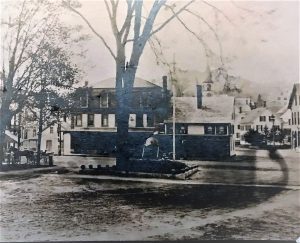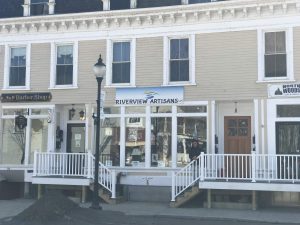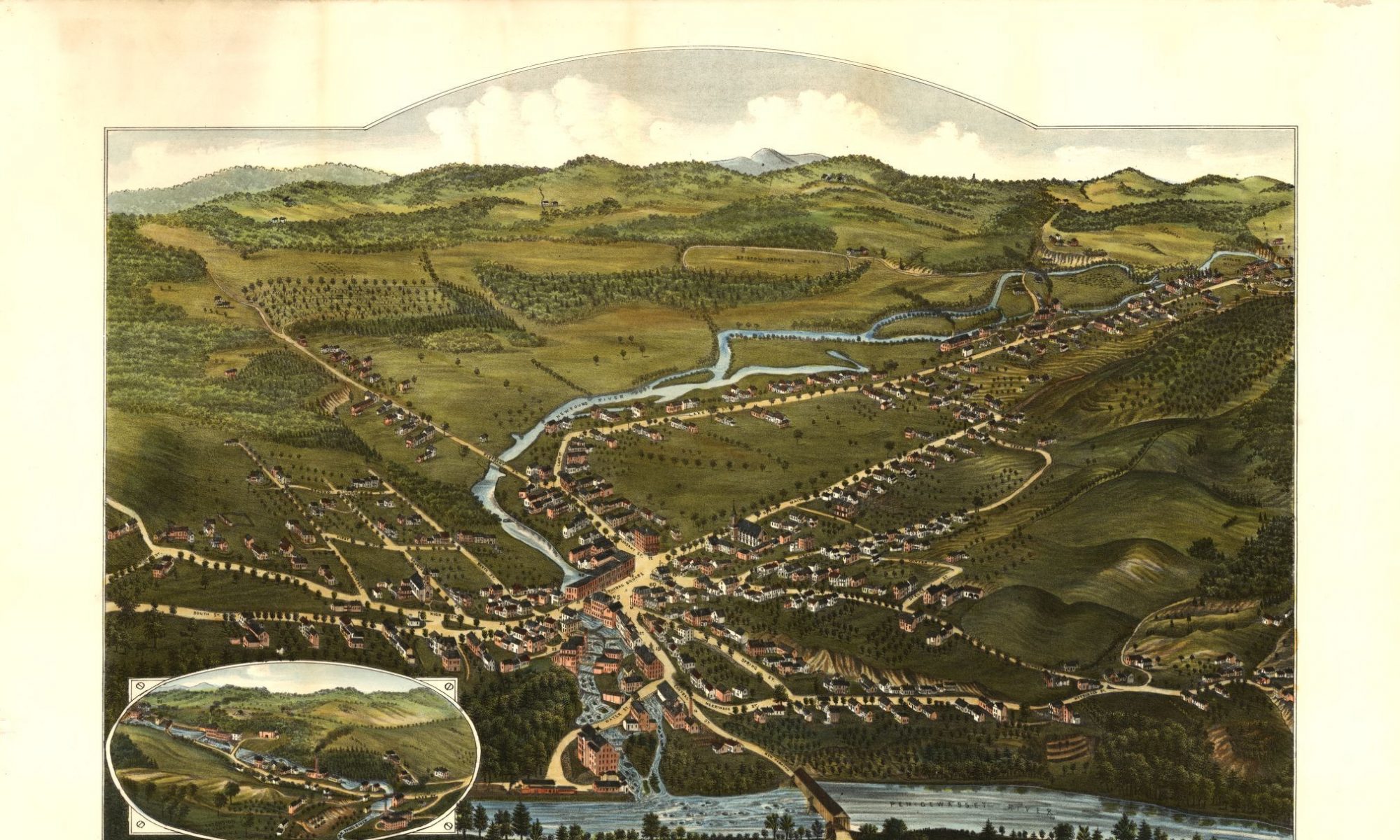

The Abel block entered public life in the year 1817, when F.J Tay bequeathed a blacksmith shop to Robert Smith. It thereafter housed the town post office. Samuel K. Mason was the first postmaster, serving from June 28th, 1861 through May 27th, 1868, when he was succeeded by John P. Taylor. Taylor successfully continued his office work in the Abel block during his years of being the postmaster. However, in 1875 postmaster Albert Blake Jr., relocated the Able block to its current location today on the south side of the river. The Abel block was the the second blacksmith shop built in town. Originally, it was located on the old highway, close to Bristol Turnpike bridge. Then, this post office was located in the west room from the year 1861 to 1875.
The second blacksmith shop built in town was later turned into what we know now as the Abel Block. The history of the Abel block all started in the year 1817 when F.J Tay handed down a blacksmith shop to Robert Smith. Originally, it was located on the old highway, close to Bristol turnpike bridge. Then, this post office was located in the west room from the year 1861 to 1875. With some background of the Abel block, we recognize that Samuel K. Mason was postmaster from the dates of June 28th, 1861 through May 27th, 1868. This is important to note because he was the leading one who changed around the Abel block. He removed the post office which is now the Abel block today, in which the rooms are now used as a millinery store, located on the first floor of the building. Following this postmaster, was postmaster John P. Taylor. He successfully continued his office work in the Abel block during his years of being the postmaster. However, in 1875 postmaster Albert Blake Jr., relocated the Able block to its current location today, which is on the south side of the river.

Alexyss Galvin, Plymouth State University 2020
References:
Musgrave, Richard Watson. History of the Town of Bristol, Grafton County, New Hampshire.
